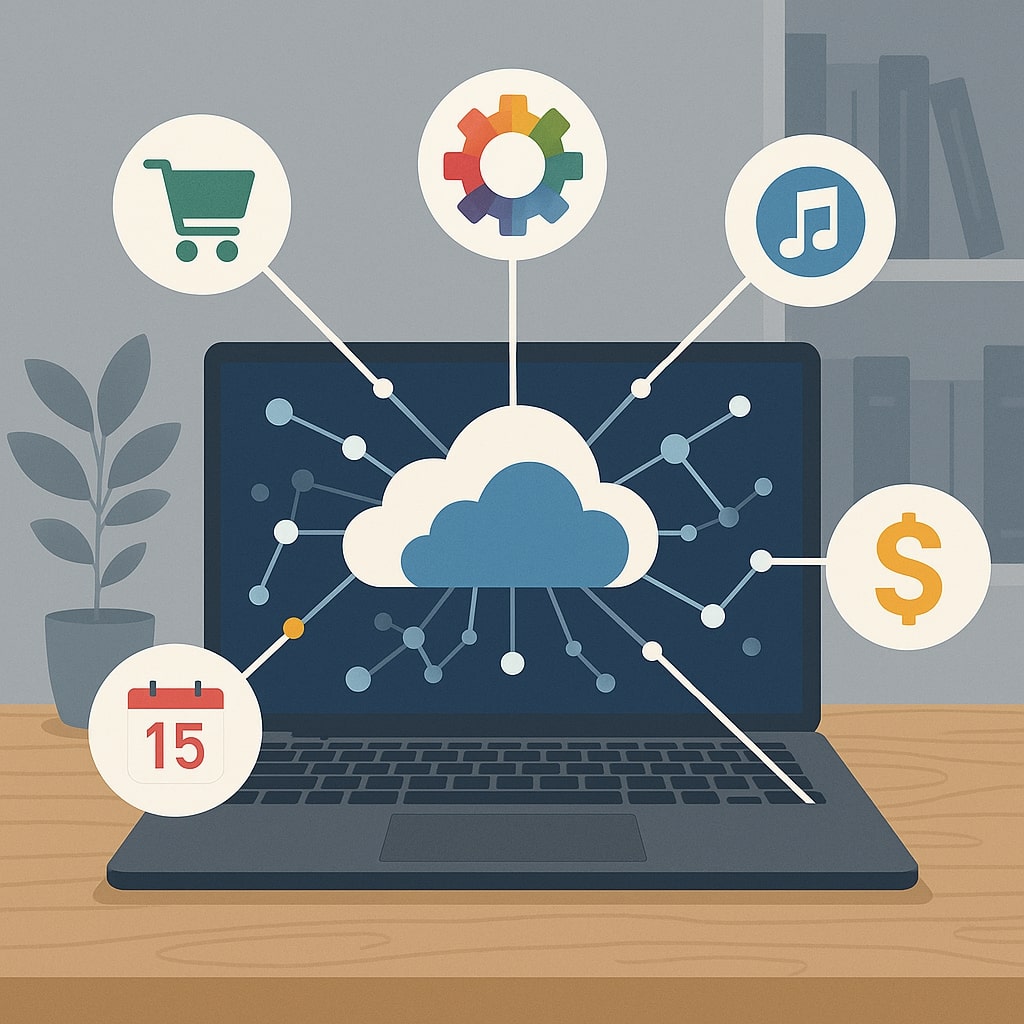KSOFT
In today’s competitive landscape, business owners and entrepreneurs can’t rely on passion or great ideas alone. The real magic happens when you pair your vision with the right business model — one that aligns with your market, maximizes your strengths, and sets you up for sustained success.
Having guided hundreds of businesses as a business consultant, I can tell you this: the difference between a struggling startup and a thriving enterprise often comes down to choosing the right business strategy and model from the start. Let’s break down the 7 business models every entrepreneur must understand, in a clear, practical way.
The product-based business model is the oldest and most straightforward. Here, you sell a physical or digital product to customers for a profit. Your business makes money each time someone buys your product.
Real-World Example:
Think of an online store selling handmade jewelry or a company manufacturing gadgets.
Why it’s powerful:
What business owners should note:
In today’s market, even traditional product businesses need ecommerce web development and digital marketing strategies to stay competitive. Customers expect to shop online with ease.

This model focuses on offering your skills, expertise, or time as a service. From graphic design to legal advice, service-based businesses deliver value through human expertise rather than products.
Real-World Example:
A marketing agency helping businesses grow their social media presence or a web developer building custom websites.
Why it works:
Key business strategy insight:
Service businesses benefit greatly from CRM tools to manage leads and clients, and automation solutions to streamline repetitive tasks.
This model offers customers access to a product or service in exchange for a recurring fee (monthly, quarterly, or annually). It’s beloved by businesses for its predictable, recurring revenue.
Real-World Example:
Netflix, Spotify, or a monthly coffee bean delivery service.
Why it’s attractive:
Consider this:
Ensure your website development and ERP solutions support automatic billing, renewals, and user management to make the model seamless.
In the marketplace model, you don’t sell products or services directly. Instead, you provide a platform where buyers and sellers can connect, and you take a cut of each transaction.
Real-World Example:
Amazon, Etsy, or Upwork.
Why it scales:
Business consultant’s advice:
Web development is critical here. A buggy or clunky marketplace kills trust. Invest in robust tech and user-friendly design from day one.
Freemium means offering a basic version of your product or service for free, while charging for advanced features, extra capacity, or enhanced support.
Real-World Example:
LinkedIn, Dropbox, or many mobile apps.
Why it’s smart:
Tip for business owners:
You’ll need a digital marketing strategy that educates users on the value of upgrading. And your CRM should help track free-to-paid conversions.
With franchising, you create a proven business system and allow other entrepreneurs (franchisees) to operate under your brand for a fee plus ongoing royalties.
Real-World Example:
McDonald’s, Subway, or Anytime Fitness.
Why entrepreneurs love it:
Pro tip:
If you’re considering franchising, focus on branding consistency, operations manuals, and training programs. It’s a great way to expand — but only if your systems are rock solid.
This advanced model involves creating a platform that supports a range of products, services, or apps. Your ecosystem grows as partners and users add value.
Real-World Example:
Apple’s App Store, Google’s ecosystem, or Salesforce.
Why it’s powerful:
Consultant insight:
It takes time and significant tech investment to build a platform. But if you’re serious about dominating your market, this model can create huge business owner success stories.

Choosing the right model is more than a trendy decision — it’s your growth blueprint.
Here’s how smart business owners do it:
The best part? You don’t have to limit yourself to just one. Many successful companies combine models:
As a business consultant, I always advise clients: validate before scaling.
With the rise of AI, cloud solutions, and digital marketing, even traditional business models have evolved. A simple retail store can become a global player with the right ecommerce web development. A local service provider can build apps, automate bookings, and serve clients 24/7.
That’s why choosing your business model is no longer just about what you sell — it’s about how you deliver, grow, and sustain.
Your business model is your company’s DNA. It defines how you create value, serve customers, and generate profit. The right model:
Don’t leave this to guesswork. The best business owners are those who actively choose, refine, and evolve their business models as they learn.
👉 Ready to take your business to the next level? A solid business strategy starts with choosing the right model. If you’re unsure, let’s connect — together we can chart the smartest path forward.
